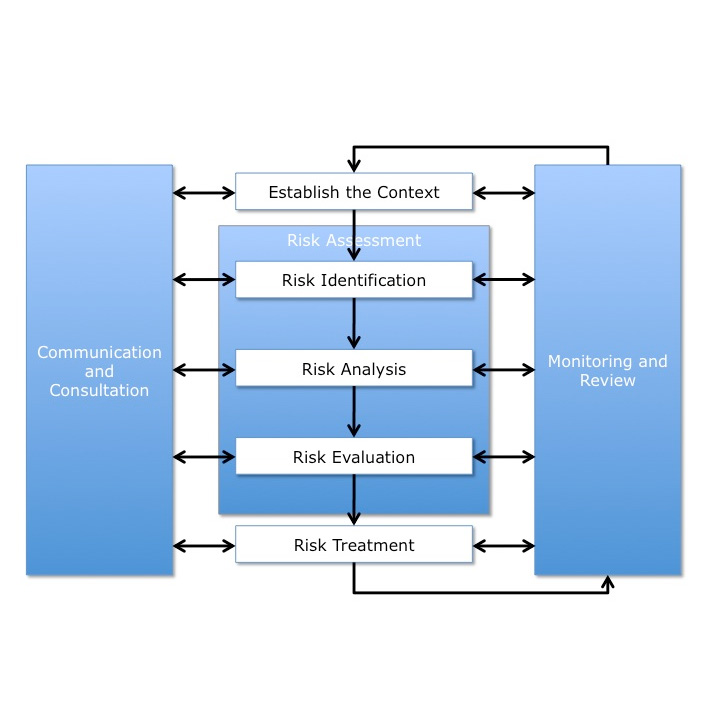“Alone we can do so little; together we can do so much.”
— Helen Keller
Bridging the Gap: Public-Private Partnerships Paving the Future of Infrastructure
As cities around the globe grapple with aging infrastructure and escalating demands, the fusion of public and private sectors emerges as a beacon of innovation and efficiency. Public-private partnerships (P3s) are no longer just an alternative financing mechanism; they are becoming a critical cornerstone for the future of infrastructure development. By leveraging the strengths of both sectors, P3s offer a pathway to build and maintain essential projects like roads, schools, and hospitals more effectively.
One shining example of this evolving landscape is unfolding in Austin, Texas. The Center on Municipal Capital Markets (CMCM), recently launched by the LBJ School of Public Affairs at The University of Texas at Austin, is poised to revolutionize how communities fund and develop infrastructure projects. By focusing on capital market financing, CMCM aims to empower government entities to tap into private capital, ensuring that critical infrastructure needs are met efficiently and sustainably.
The Rising Importance of Public-Private Partnerships
The traditional model of infrastructure funding—relying heavily on government budgets and taxpayer dollars—is straining under the weight of burgeoning needs and limited resources. Enter public-private partnerships, which bring together the public sector’s regulatory oversight and the private sector’s capital and expertise. This collaboration can accelerate project timelines, foster innovation, and distribute risks more evenly.
Recent federal initiatives underscore the urgency of revitalizing infrastructure after years of underinvestment. With mounting pressures from urbanization, climate change, and technological advancements, the need for resilient and modern infrastructure has never been more acute. Public-private partnerships offer a viable solution by:
- Mobilizing Private Capital: Attracting investment from private entities reduces the immediate financial burden on governments.
- Enhancing Efficiency: Private companies often bring specialized skills and innovative practices that can streamline project delivery.
- Sharing Risks and Rewards: Both sectors share the financial risks and benefits, aligning interests toward successful outcomes.
CMCM: A Catalyst for Change
The Center on Municipal Capital Markets stands at the forefront of this transformative approach. As one of the nation’s only university-based centers focusing on capital market financing for public infrastructure, CMCM is uniquely positioned to make a significant impact.
Educational Empowerment
Under the leadership of Professor Martin Luby, CMCM is dedicated to training the next generation of public finance professionals. By offering graduate programs and hosting educational initiatives, the center equips students and practitioners with the knowledge to navigate the complexities of leveraging private capital for public good.
“Our future as a growing, resilient society depends upon our ability to wisely invest in infrastructure,” said UT President Jay Hartzell. “The LBJ School will equip both governmental leaders and capital market participants with the expertise to think creatively to solve the financial challenges of infrastructure development and maintenance.”
Research and Innovation
Beyond education, CMCM is committed to advancing applied research in municipal finance. The center serves as a hub for dialogue and innovation, bringing together leaders from public finance organizations to explore new strategies and solutions. This collaborative environment fosters the development of financial instruments and policies that can make infrastructure projects more accessible and sustainable.
Real-World Impact
The practical implications of CMCM’s work are profound. By helping government entities effectively leverage private capital, communities can embark on projects that might have been unattainable through traditional funding methods. This includes not only the construction of new facilities but also the enhancement of critical infrastructure systems like energy grids and water treatment plants.
These investments have a ripple effect, improving the quality of life for residents and promoting long-term economic growth. They also enhance community resilience, enabling public systems to withstand challenges such as extreme weather events—a concern that is increasingly relevant in the face of climate change.
A Collaborative Future
CMCM’s approach embodies the very essence of public-private partnerships. With a 16-member advisory council composed of national leaders in municipal capital markets, the center bridges academia, government, and industry. This collaboration ensures that the insights and solutions developed are grounded in real-world needs and can be effectively implemented.
“I am honored to serve on the inaugural advisory council,” said Mark Kim, CEO of the Municipal Securities Rulemaking Board. “I applaud CMCM’s dual mandate of teaching students about the critical role of the municipal securities market, as well as empowering government finance professionals with greater understanding.”
The Broader Implications
The establishment of CMCM signals a broader shift toward embracing public-private partnerships as a fundamental component of infrastructure strategy. As cities and states recognize the limitations of traditional funding, the ability to leverage capital markets becomes indispensable.
This trend also reflects a growing acknowledgment that infrastructure is not just about physical assets. It’s about fostering sustainable communities, promoting economic vitality, and enhancing the well-being of citizens. Public-private partnerships, facilitated by centers like CMCM, provide the tools and frameworks necessary to achieve these goals.
Conclusion
The future of infrastructure depends on our ability to innovate—not just in design and technology but in financing and collaboration. Public-private partnerships offer a promising path forward, combining the resources and expertise of both sectors to meet the pressing needs of our time.
The Center on Municipal Capital Markets exemplifies this potential. By educating future leaders, conducting impactful research, and fostering collaboration, CMCM is not only exploring solutions to the world’s most pressing problems but also developing innovative financing strategies to implement them.
As LBJ School Dean JR DeShazo aptly stated, “I am thrilled about the career opportunities this center will create and the impactful solutions our students will develop.”
In a world where infrastructure challenges are complex and multifaceted, the fusion of public ambition and private capability may well be the key to building resilient, thriving communities for generations to come.












